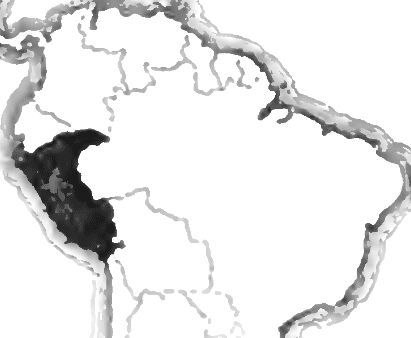<![CDATA[Nazca geoglyphs are one of the many ancient mysteries. The Nazca Lines are located in the Nazca Desert in southern Peru, and were made a UNESCO World Heritage Site in 1994. Now thanks to local high winds, even more of these mysterious landmarks have been discovered. The discovery was made by a pilot who spotted about three of the ancient figures. Scholars believe that Nazca Lines were created between 400 and 650 A.D. on a stretch of land in Peru that spans over 80 kilometres (50 miles). They were first discovered in 1939, coincidentally by a pilot who was flying over the Nazca highlands. These geoglyphs range in complexity and usually feature animals, such as hummingbirds, spiders, monkeys, fish, sharks, orcas and lizards. Researchers believe that about 700 of these geoglyphs were drawn by the ancient Nazca people. The pilot who discovered the new geoglyphs was Eduardo Herran Gomez de la Torre. He spotted them as he was flying over the El Ingenio Valley and Pampas de Jumana. The first geoglyph spotted by the pilot was a 196-foot-long snake, which surrounded what looked like a camel and a bird. The bird is thought to be a hummingbird as there have been other geoglyphs of the creature that have been found in the past. It is still debated as to why the Nazca people created these structures, but researchers believe they have the keys as to how they did it. The ancient Nazca people created these geoglyphs by removing the upper layer on the ground, and exposing the much whiter layer of pebble and soil below. They created many different shapes, ranging from simple to complex. Most of them are simple lines while others are figures of animals and even humans. Some have been found that depict the shapes of trees, smaller plants and flowers. The largest ones found up to date are over 660 feet (200 meters) across, with the definite largest found to date being the figure of a pelican, which measured 935 feet (285) meters across. Head of Ica's archaeological authority, Ruben Garcia Sota, states that the new discovery will contribute greatly to researchers' efforts to understand more about the Paracas culture which thrived in the Ica region of Peru from 800 to 100 BC. Experts are working assiduously to ascertain the validity of these lines, and whether or not they belonged to that culture. It is mostly unsure why these lines were created, but some say they were made for religious and ceremonial reasons. Some experts believe that the geometric geoglyphs indicated where water flowed, or to help summon water in times of drought. The insects and birds could be signs of fertility, and this argument is backed by the fact the hummingbird geoglyph only appears in the summer following heavy rainfall. Others believe that the lines were complex schemes denoting irrigation and some believe that they served as astronomical calendars. The lines are in danger however as they have deteriorated in recent years due to squatters moving into the areas.]]>
Peru Winds Uncover New Nazca Geoglyphs
